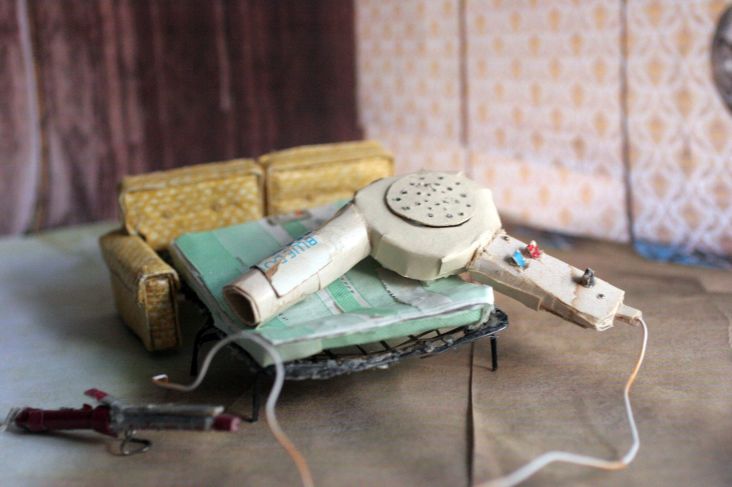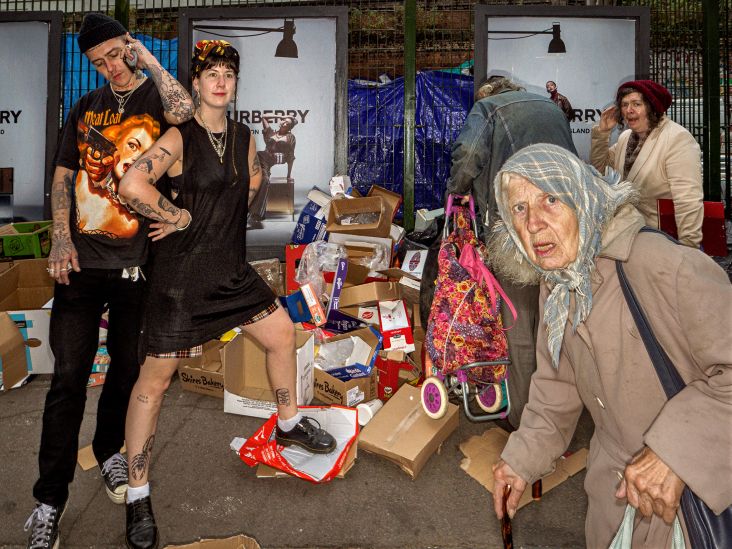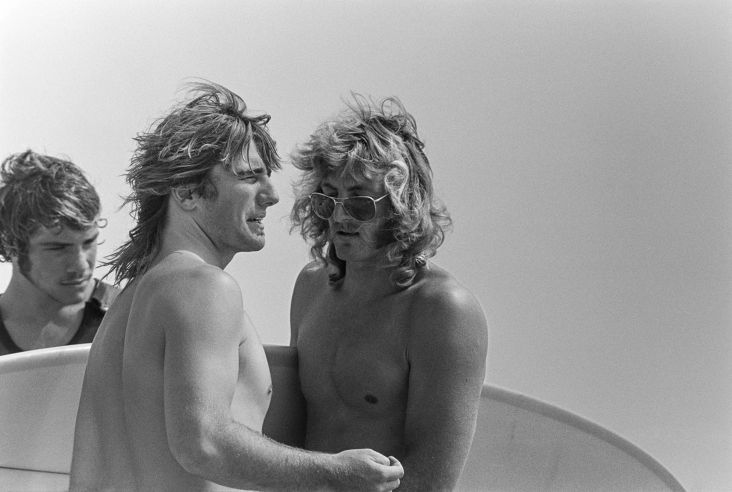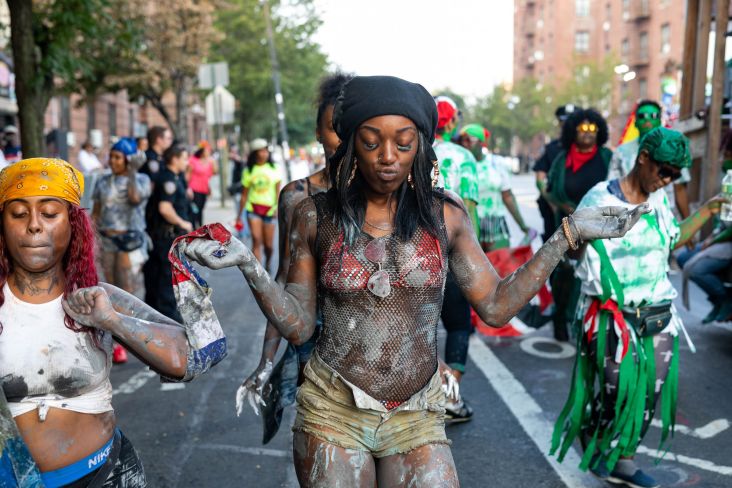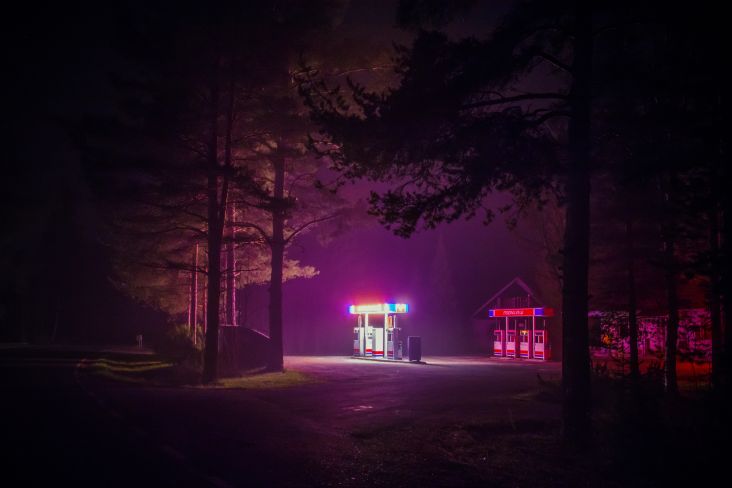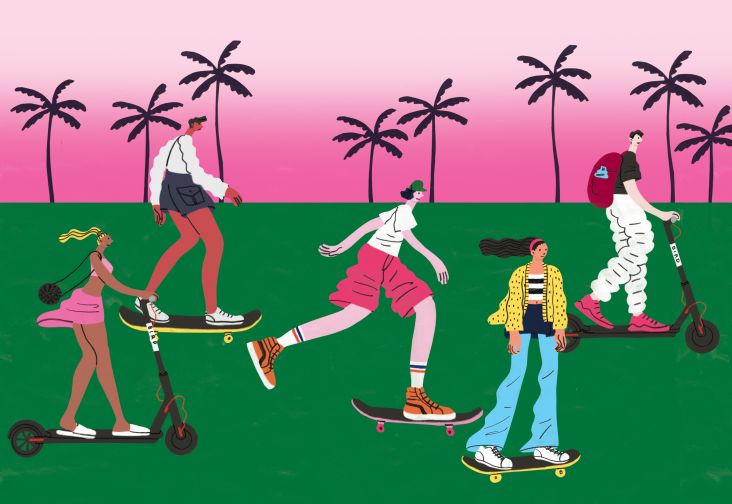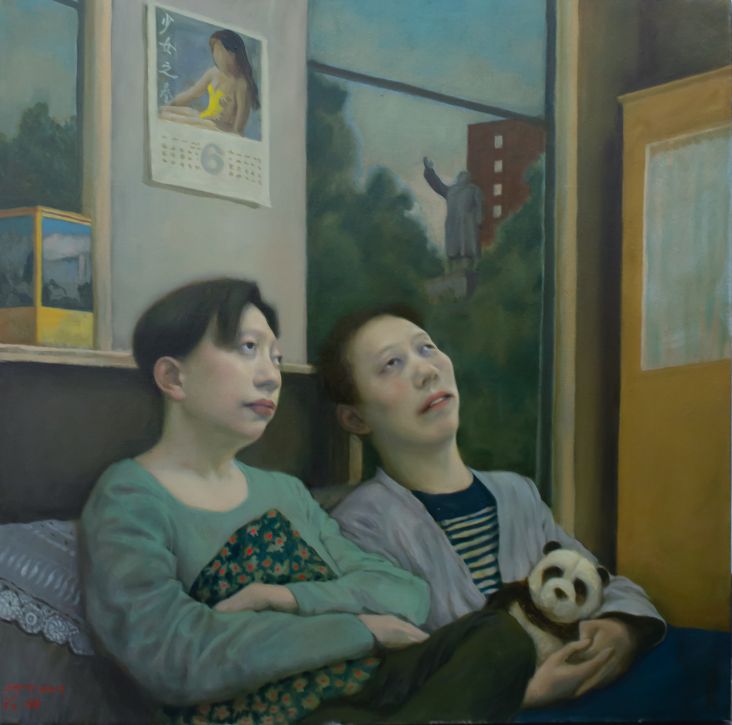Roly Grant of Without on why being honest and confronting your mistakes is crucial when running a design studio
It was around 15 years ago when Roly Grant teamed up with university pal Phil Koh to set up London brand design studio, Without.
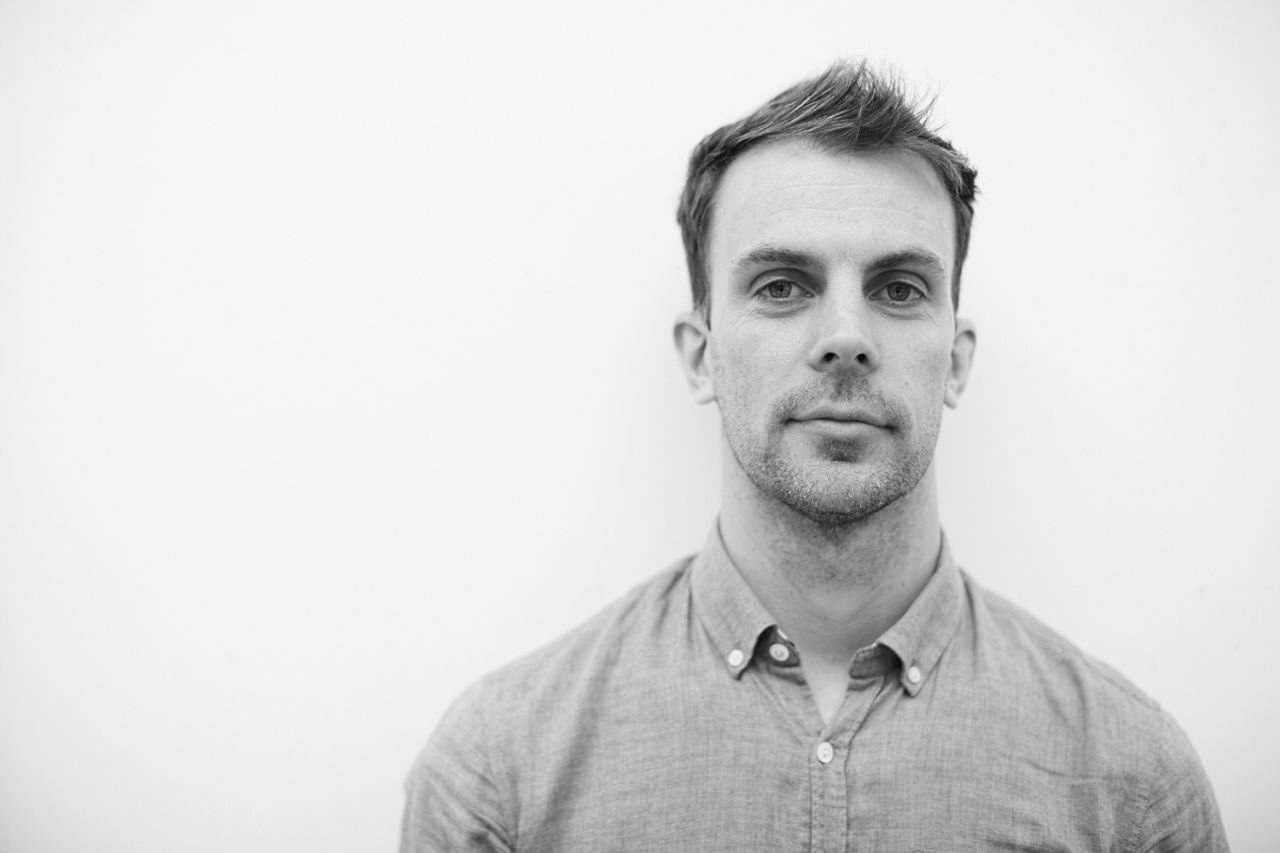
The year was 2005. It was when the first-ever YouTube video was uploaded (titled Me at the Zoo, apparently), the superjumbo jet Airbus A380 made its first flight from Toulouse, and Charles and Camilla got married. The days before social media kicked off, and the global recession was nowhere in sight.
So what's it been like to run a business since then? The highs, lows and everything in-between. We chatted with Roly about the last 15 years, industry challenges, and why agencies need to help business managers understand the branding process.
How did you get to where you are today?
I left university with a history degree and zero professional direction. However, I loved art and writing and had proved I was good at distilling information into an opinion. I joined an internship scheme at an international newspaper and gravitated toward the design department, where I had contact with their external creative agency.
After a few months of very amateur art-working and less than subtle hints, they offered to take me on when the internship ended. I spent five years there – a strong FMGC agency now named Brandpoint London – becoming their senior designer. By then, I wanted to focus on branding for other types of clients, was confident enough to assume I could run my own show and young enough, dumb enough, not to realise that this was harder than it looked.
Luckily Phil (Koh, Without's co-founder), a good friend from Oxford, was also looking to do his own thing. His management and economics background proved a strong foil for my creative ambition, a combination that stands Without in good stead today.
We grew our business by listening to clients, challenging them where it mattered, and always connecting the work to the client's objective. We made some amazing friends in those early years (such as Thomasina Miers and Mark Selby from Wahaca) and the successful work we did together still acts as a calling card.
Having the right people is the key to success. What else has worked well for you?
The name Without refers to distance; being 'outside'. One of the things that sets us apart is the range of experience in the studio. Phil and I have an academic, rather than design education, one of our senior designers trained as an architect with Richard Rogers, and Hannah, our Creative Producer, has a PhD from Cambridge. When you add our talented designers into the mix, this creates odd, beautiful, smart ideas. Design can be quite inward-looking. Our commercial and problem-solving experience helps us empathise with clients, work in a range of sectors and create work that works.
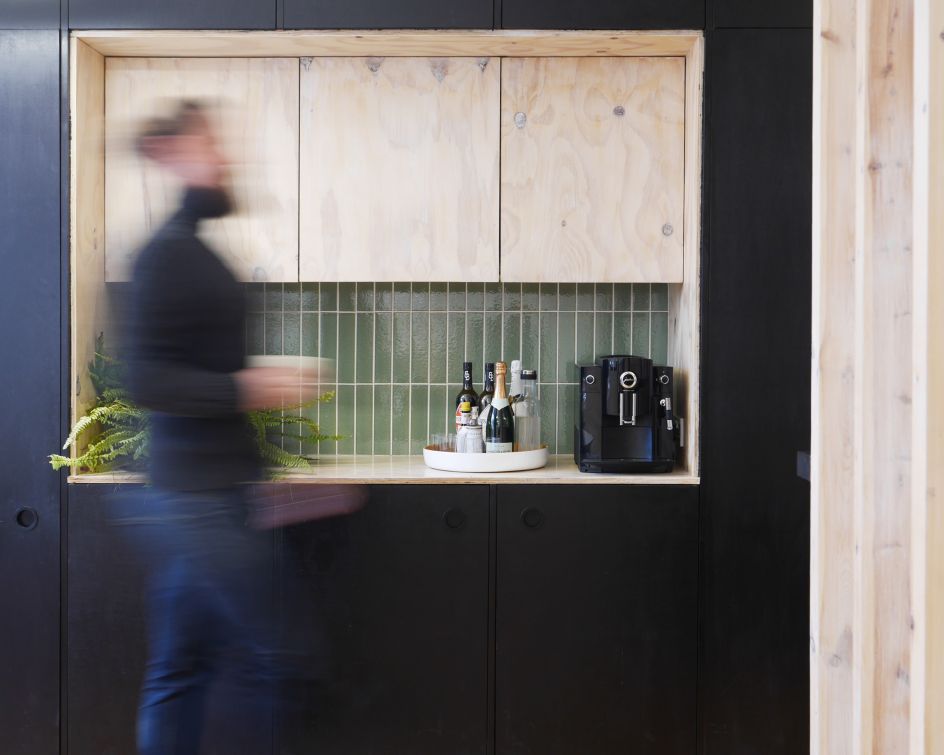
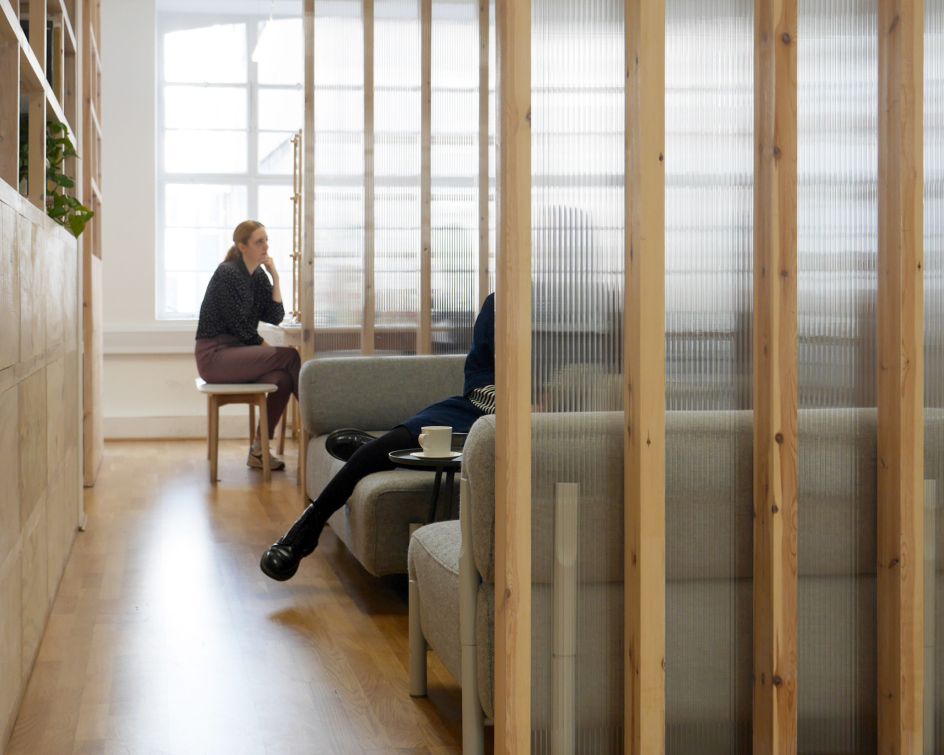
You launched in 2005, just as Facebook began. So much has changed – what was the most difficult to adapt to?
I struggled for a long time with mobile phones. I was given a smartphone five years ago. While I love making notes in a format that be easily edited and distributed (rather than my old stack of forgotten, illegible notebooks), the balance between convenience and addictive time-wasting is a battle. It's telling that even though the technology is old, I feel the need to announce in meetings that I'm taking notes, not browsing Instagram or the like.
Industry-wise, as all businesses became (to some extent) publishers, the demand for stacks of high-quality, quick-turnaround, low-cost material forced us to be more explicit about what we did. It takes a particular agency to thrive in that marketing space, and I think some fall or are dragged unwittingly into it. The period 2010-2015 helped us confirm that our skills and interest lay more in the creation and development of brand identity. So not so much adapting as sticking to our guns.
You survived the global recession. Were those days tough for you?
Thankfully no. We were lucky enough to be small but had made it onto the radar of some ambitious start-ups. We didn't need much work to keep things going, and the clients we worked with bucked the downward trend. We emerged in decent financial shape with a book of recognised work.
What challenges do you and the design industry face today?
Managing exciting projects that can land at the same time, protecting time for design among other business needs – there are a host of challenges. Still, the relationships, creativity and ability to contribute to great businesses make this a brilliant job.
The big challenge our industry still seems to face is communicating what's involved in creating high-quality branding. We invest time in the transparency of process because, if clients don't appreciate that strong visuals and applications are the product of a core idea, rather than the other way around, it's going to be hard to create meaningful work.
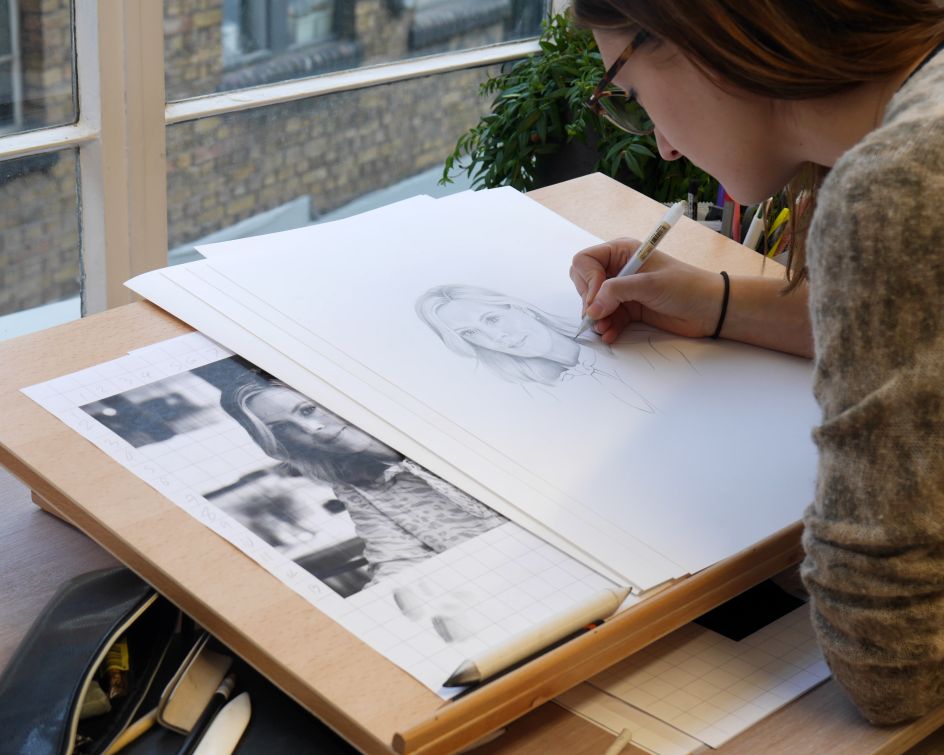
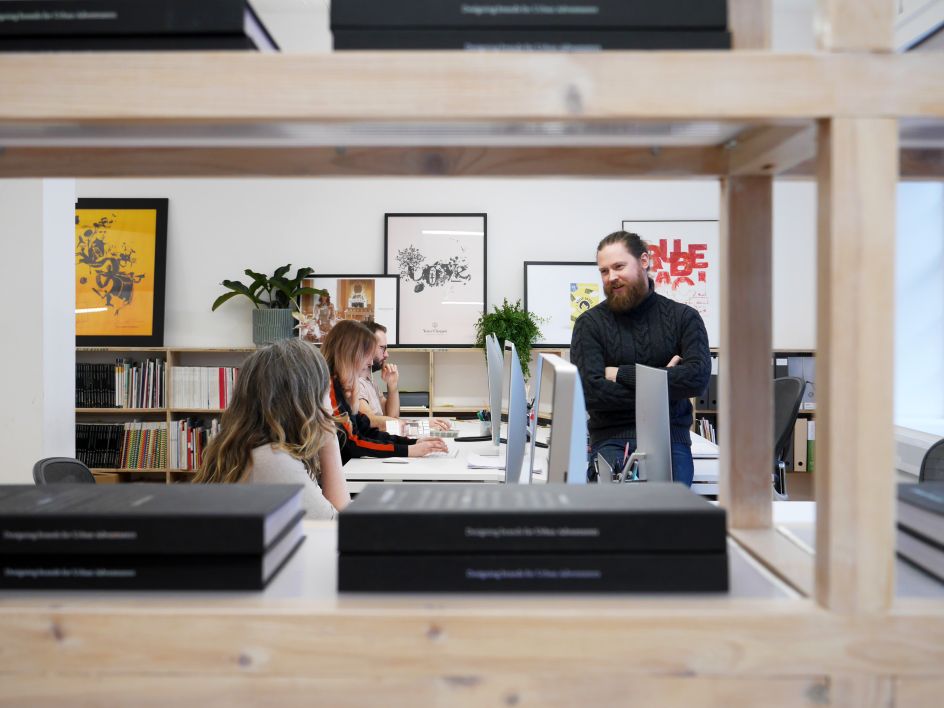
What have you seen recently that's surprised you and disappointed you?
I make a point never to criticise other people's work (unless they ask!), so I'll keep this personal. A recent surprise and disappointment occurred on a shoot for a client. We have an excellent track record in art direction and put together a great team, but for various reasons, the result was disappointing, and I didn't feel the artists stepped up when things drifted. In these situations, we need to appreciate that what we do goes beyond billable hours. We told the client we felt the work was weak, and proposed a plan to go again and deliver what they deserved. They agreed, stuck with us, and we shoot again next week!
You mention criticism. The design industry can be brutal, can't it?
Three things affect most creative industries at some point: economic fluctuations, technological advances that challenge traditional methods, and problems relating to the inherent complexity of selling something subjective.
Some of these you can't do anything about, other than follow ethical business practice (a good accountant, mentors and the DBA have been crucial in helping us create a set of benchmarks and best practice that has seen us through rocky patches). As for the others, the best defence seems to be having an opinion. All designers will have experienced the downward spiral of trying to second-guess a frustrated client, neither winning. The ability to get on the front foot with a compelling argument – visually, commercially, ideally both – has generally helped us deliver successful projects: strong work that clients get behind.
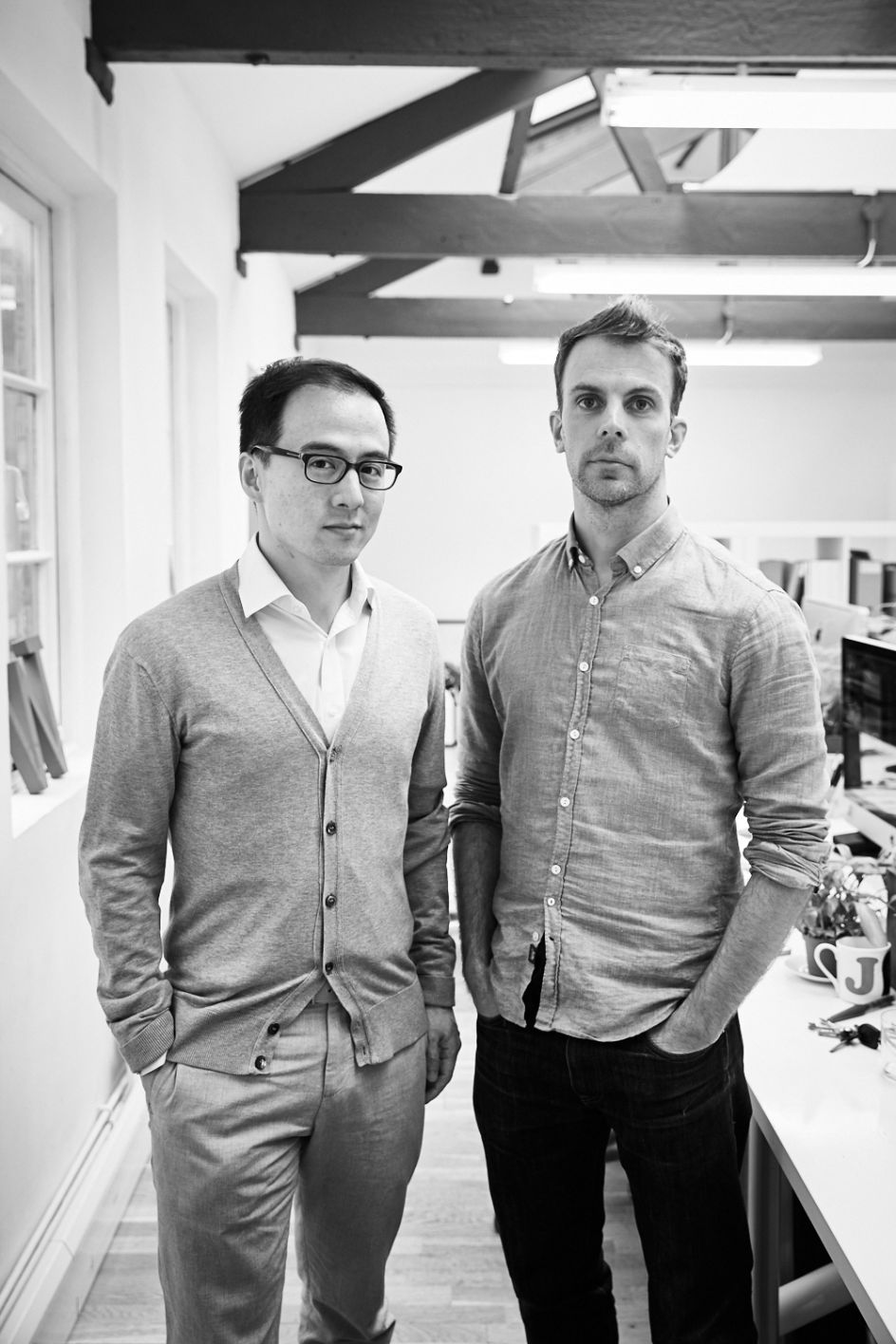
What advice would you give to those just starting?
Focus on brilliant ideas that can change client businesses. These need to be practical and relate to the audience. Other than that, set out to change the game. The standard of visual presentation is so high these days that it helps – as an individual looking to contribute to a team, or as a brand needing to stand out – if design is founded on brilliant ideas.
What advice would you give to those hoping to work at Without?
We did team-wide reviews recently, and it was so gratifying to be reminded that we have such a strong, friendly culture here. Arguably this comes from two places: firstly, the buck stops with the work and respect is enhanced by everyone feeling like there's excellence in the room. Secondly, however, it's also rooted in empathy and listening to others. If you balance ability and ambition with humility and a willingness to learn, you'll do well here.





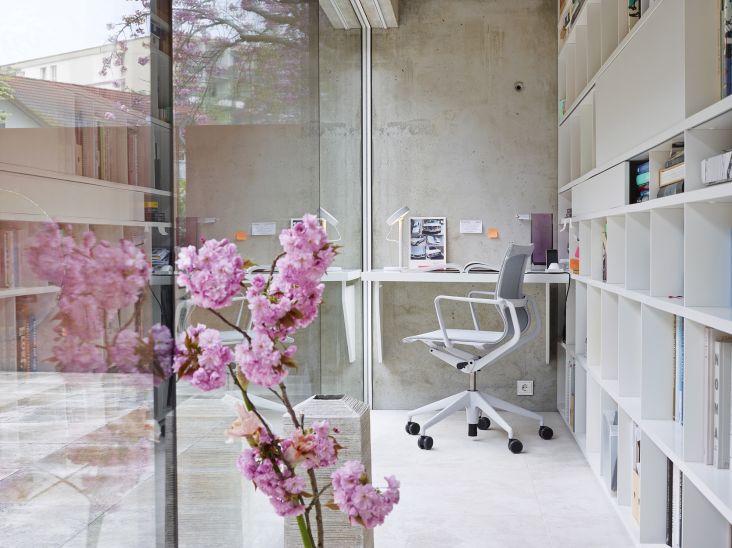
 using <a href="https://www.ohnotype.co/fonts/obviously" target="_blank">Obviously</a> by Oh No Type Co., Art Director, Brand & Creative—Spotify](https://www.creativeboom.com/upload/articles/6e/6ed31eddc26fa563f213fc76d6993dab9231ffe4_732.jpg)
 by Tüpokompanii](https://www.creativeboom.com/upload/articles/58/58684538770fb5b428dc1882f7a732f153500153_732.jpg)







